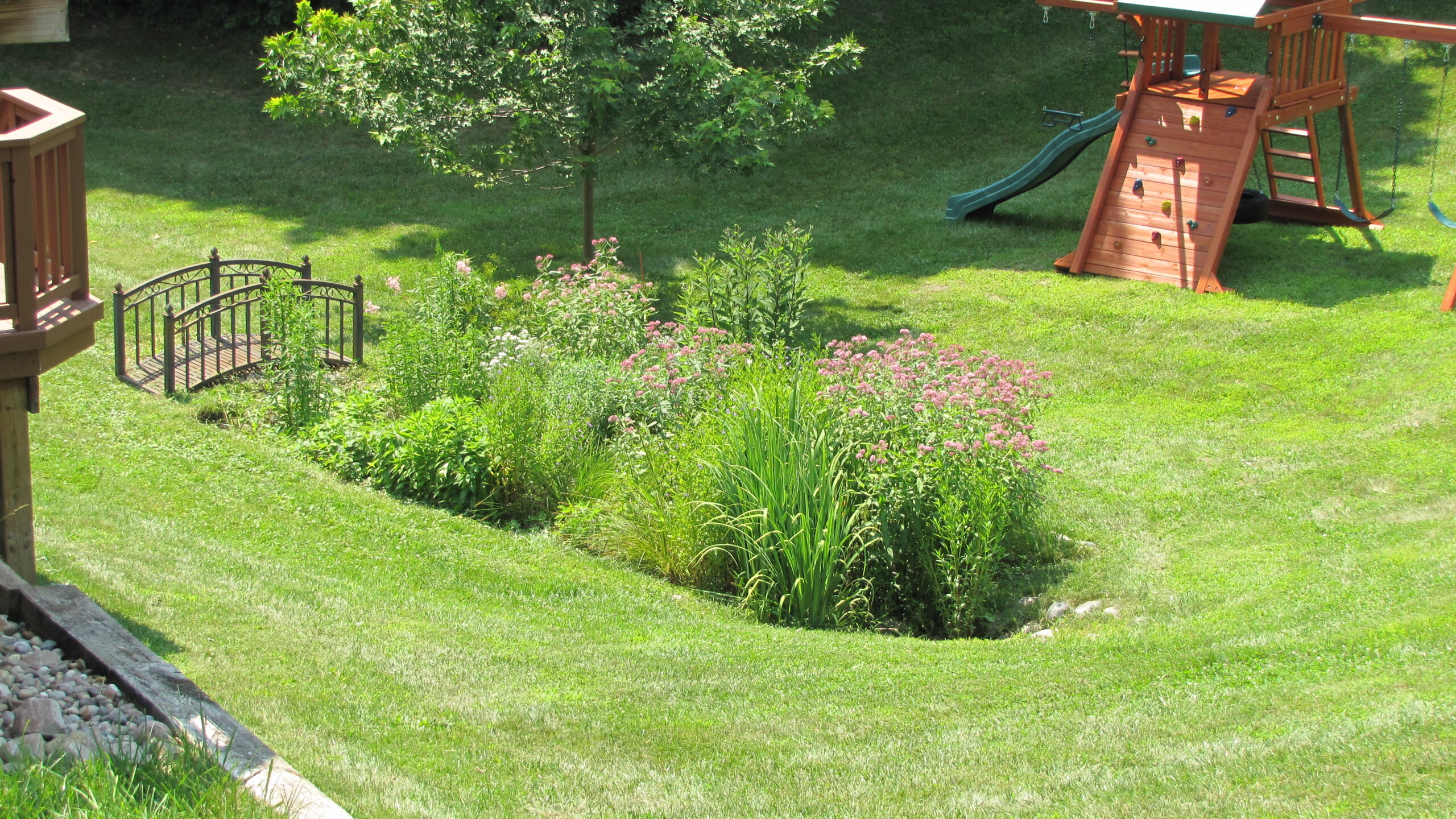Rain gardens have become increasingly popular in recent years as a sustainable and eco-friendly way to manage stormwater runoff. These gardens are not only beautiful but also play a crucial role in reducing water pollution and replenishing groundwater supplies. In this article, we will explore some amazing rain garden design ideas and the benefits they offer.
Beautiful and Functional Rain Gardens
One of the key features of rain gardens is their ability to capture and absorb rainwater, preventing it from flowing into storm drains and polluting our waterways. By incorporating a variety of plants and flowers that thrive in wet conditions, these gardens can both beautify your outdoor space and serve a practical purpose. From colorful perennials to lush ferns, the design possibilities are endless.
Creating a Sustainable Landscape
When designing a rain garden, it is essential to consider the natural topography of your property and the flow of water during heavy rainfall. By strategically placing your garden in low-lying areas or near downspouts, you can maximize its effectiveness in capturing stormwater. Additionally, choosing native plants will help support local ecosystems and reduce the need for pesticides and fertilizers.
Incorporating features such as mulch, rocks, and permeable pavers can further enhance the functionality of your rain garden by promoting the infiltration of water into the soil. These elements not only help prevent erosion but also create a visually appealing landscape that attracts birds, butterflies, and other beneficial wildlife.
The Environmental Benefits of Rain Gardens
Beyond their aesthetic appeal, rain gardens offer a range of environmental benefits that make them a valuable addition to any property. By reducing stormwater runoff, these gardens help prevent flooding and erosion while filtering out pollutants such as pesticides, fertilizers, and pet waste. This not only protects our water sources but also creates a healthier environment for plant and animal life.
Furthermore, rain gardens can act as a natural habitat for bees, butterflies, and other pollinators, supporting biodiversity and promoting a thriving ecosystem. By incorporating a diverse mix of plants that bloom at different times of the year, you can attract a variety of beneficial insects that play a vital role in maintaining a healthy garden.
In conclusion, rain gardens are not only a sustainable landscaping solution but also a beautiful and functional addition to any outdoor space. By implementing these design ideas and incorporating native plants, you can create a vibrant garden that helps protect the environment and supports local wildlife. Start planning your rain garden today and enjoy the many benefits it has to offer.

source: www.creatingsustainablelandscapes.com
Are you looking to find the perfect addition to your home? Look no more than our extensive selection of top-quality home ideas. No matter if you prefer a classic or contemporary style, we have just what you need.

source: www.hgtv.com
Are you in search of the perfect addition to your home? Look no more than our extensive assortment of top-quality home ideas. Whether you favor a classic or contemporary look, we have exactly what you require.

source: bolincreek.org
Are you looking to find the perfect addition to your home? Search no further than our extensive assortment of high-quality home ideas. Whether you favor a traditional or contemporary look, we have exactly what you require.
Don’t settle for boring or outdated house ideas; transform your room right now with our fashionable and practical range of pieces. Visit our showroom or explore our website today to discover the perfect dining furniture for your home. From sophisticated furnitures to inviting kitchen, our variety of ideas are crafted to elevate your experience. Hopefully this article of rain garden designs useful.
